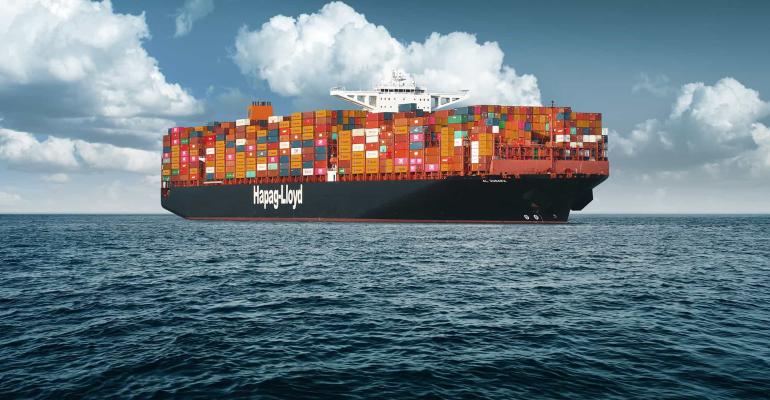Despite a year-on-year slump, the company ended H1 with an EBITDA of USD 3.8 billion (EUR 3.5 billion) and an EBIT of USD 2.8 billion (EUR 2.6 billion). The Group profit stood at USD 3.1 billion (EUR 2.9 billion) - significantly below the prior-year level.
Remaining positive, Jansen said: “In a challenging market environment, we can look back on a successful first half year overall, in which we were able to expand our terminal portfolio while also significantly boosting our customers’ satisfaction thanks to our focus on quality. In the second half of the year, we will continue to focus on formulating our ‘Strategy 2030’. This strategy will guide us forward on our strategic path to success in 2024.”
Transport volumes experienced a year-on-year decline of 3.4 percent, to 5,807 TTEU (H1 2022: 6,012 TTEU), primarily owing to lower demand for container transports on the Far East and European trade routes to North America. In addition, a lower average freight rate of 1,761 USD/TEU (H1 2022: 2,855 USD/TEU) was particularly responsible for the decline in revenue, which decreased to USD 10.8 billion (EUR 10.0 billion). Transport expenses were below the prior-year level, at USD 6.3 billion (EUR 5.9 billion), primarily due to lower expenditures for demurrage and detention and a decreased bunker consumption price of USD 625 per tonne (H1 2022: USD 703 per tonne).
For the full year 2023, Hapag-Lloyd confirms the forecast it published on 2 March. EBITDA is expected to be in the range of USD 4.3 to 6.5 billion (EUR 4 to 6 billion) and EBIT to be in the range of USD 2.1 to 4.3 billion (EUR 2 to 4 billion). However, the ongoing war in Ukraine, geopolitical uncertainties, persistent inflationary pressures and high inventory levels are creating risks that could negatively impact the forecast.
Copyright © 2024. All rights reserved. Seatrade, a trading name of Informa Markets (UK) Limited.
Add Seatrade Maritime News to your Google News feed.  |

